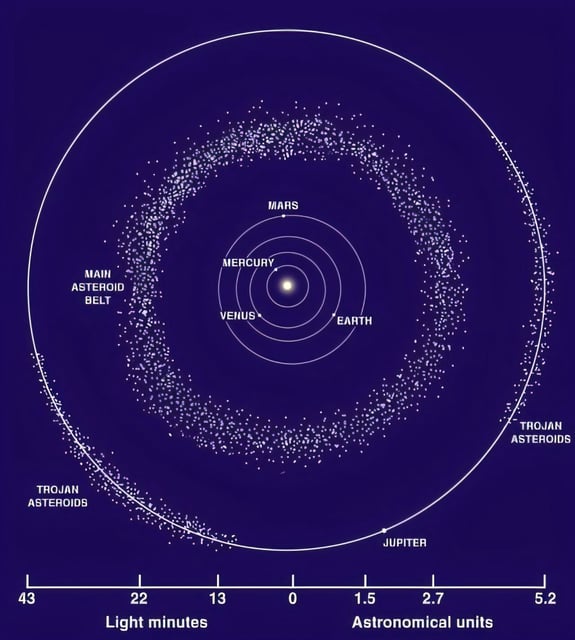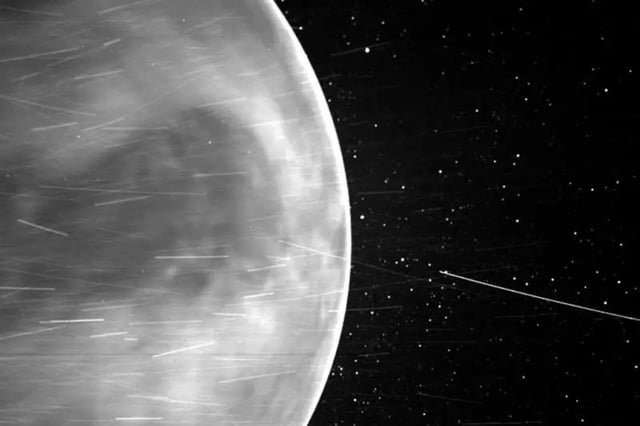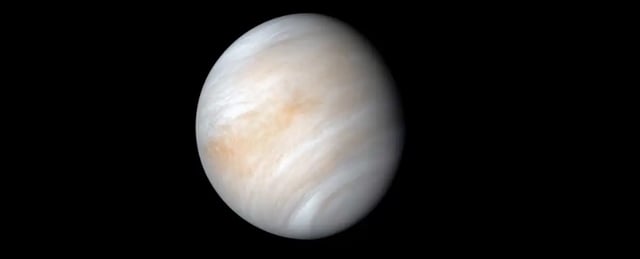Overview
- Twenty asteroids sharing Venus’s orbit have been identified but their chaotic trajectories suggest many more remain hidden
- Scientists warn these bodies can become potentially hazardous if they exceed 140 meters in diameter and approach within 0.05 astronomical units of Earth
- Earth-based telescopes face narrow observation windows due to solar glare, limiting detection to periods when asteroids near our planet
- The Vera Rubin Observatory, set for first light in July 2025, is expected to discover additional co-orbitals but cannot fully chart their population from the ground
- Researchers conclude a dedicated mission orbiting Venus is essential to map all co-orbital asteroids and accurately assess collision risks


